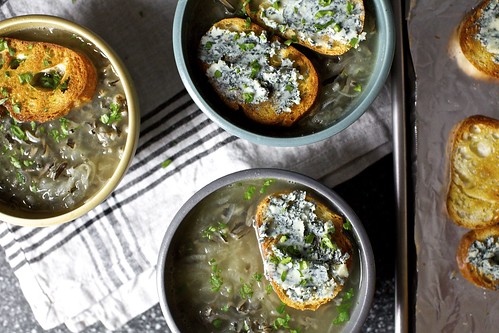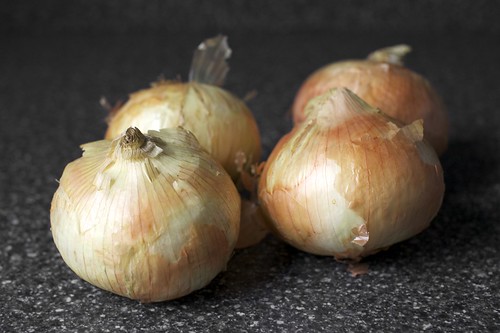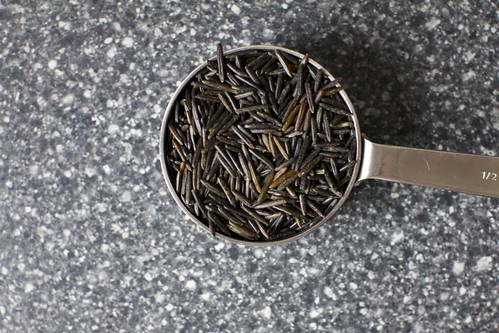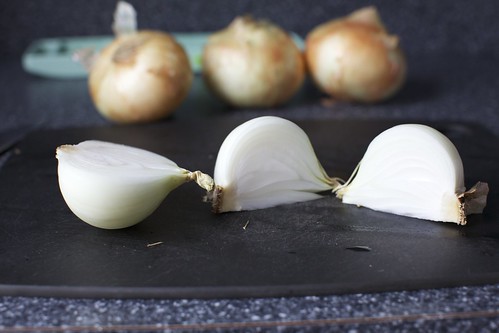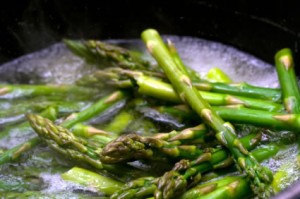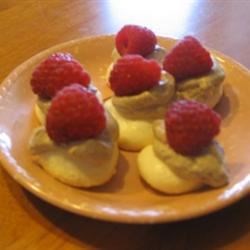I believe I owe you some soup. When the soup was promised, it was rainy, bleary, and insufficiently May-like to please me, though I doubt Deb Not Being Pleased ranks anywhere on near the top of the concerns list of whatever powers control the weather (or, for that matter, Deb’s toddler when he’s set his mind to emptying mama’s purse on the floor again), seeing as we have another week of it on order. Fortunately, this is a soup for exactly these trying spring times.
My love of hearty crocks of hearty French onion soup is well-documented (it’s the rare recipe I’ve covered twice in the archives, and you just know I had to riff on it here) because I have to insist that nothing is so loud with flavor as onions, cooked for an hour with a meaty broth and cognac, then broiled with a charred cap of strong cheese. Oof, how long must we wait until it gets cold again?
… Read the rest of vidalia onion soup with wild rice on smittenkitchen.com
© smitten kitchen 2006-2012. |
permalink to vidalia onion soup with wild rice | 22 comments to date | see more: Grain/Rice, Photo, Soup, Spring, Vegetarian

